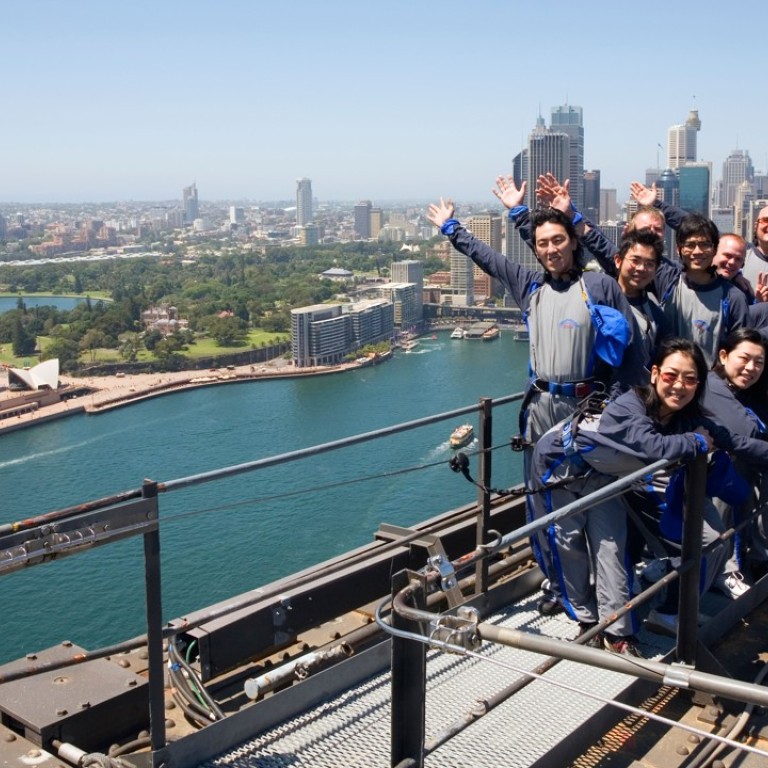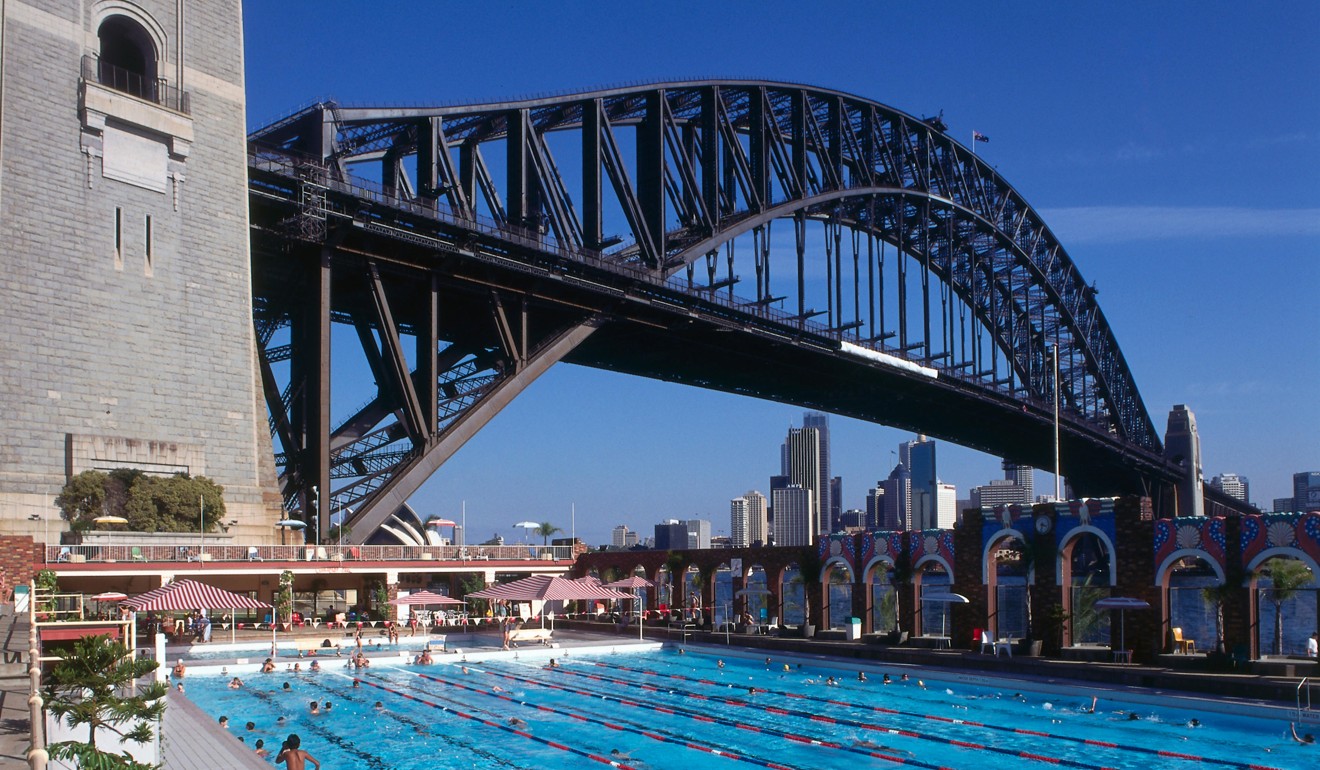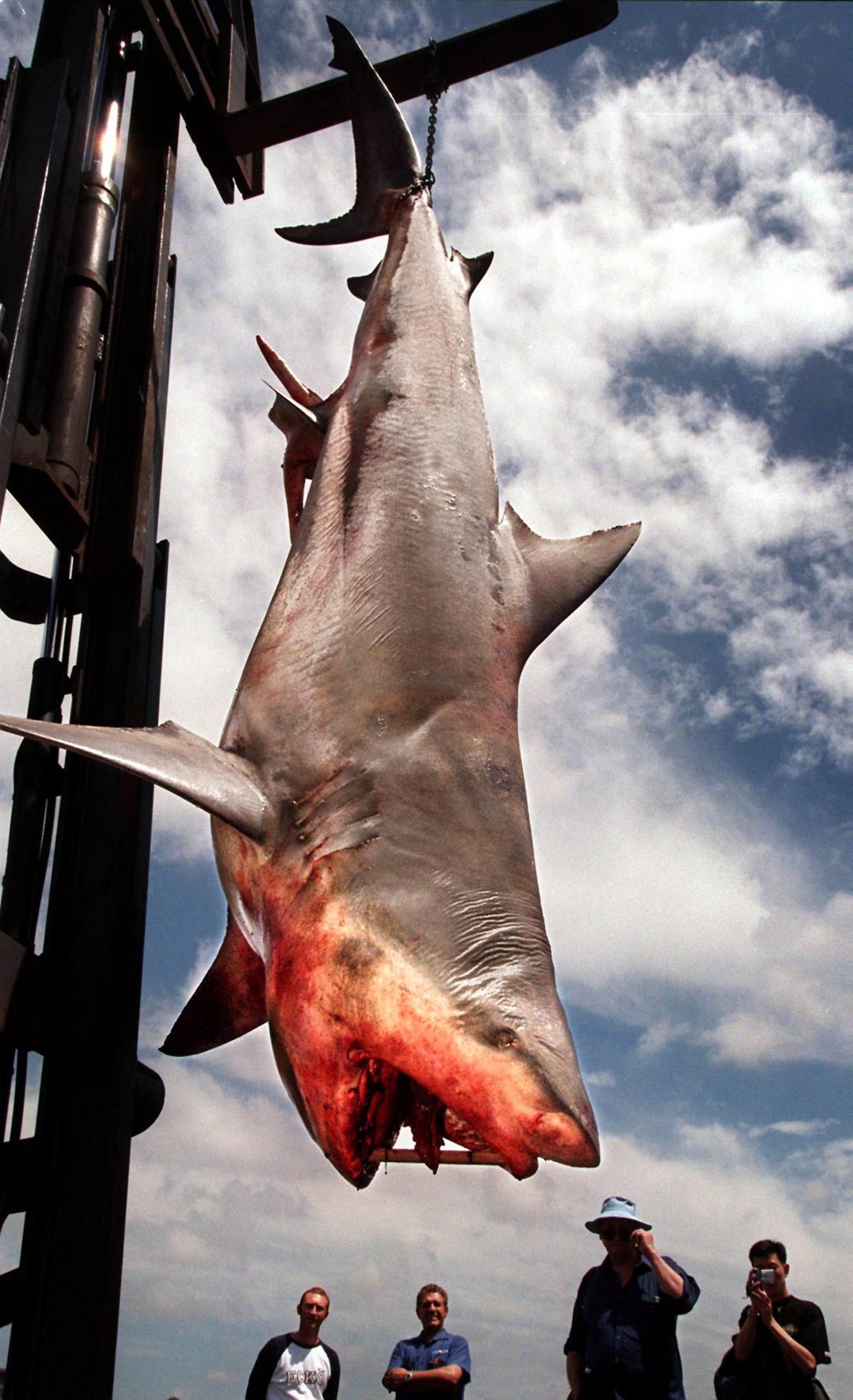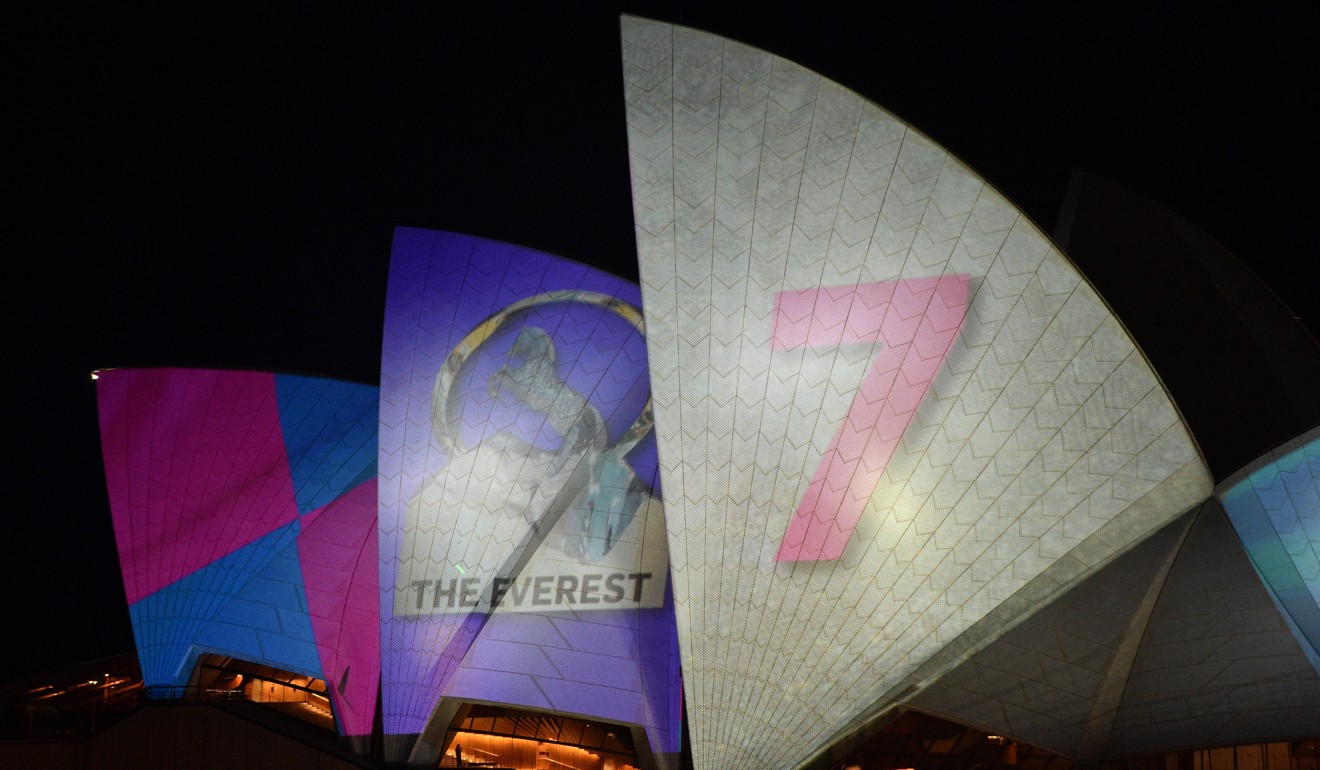
The good, bad and ugly sides to Sydney, where beautiful beaches are sometimes spoiled by sharks
- Australia’s biggest city has more than 100 beaches, but keep your eyes peeled for unwelcome visitors, and good luck getting around on an outdated public transport system
The Good
The first event at the Sydney 2000 Olympics was the women’s triathlon. It wasn’t a high-profile sport at the time but there were two good reasons for opening the Games with the endurance race. First, Australia was confident of a gold medal-winning performance from local favourite Michellie Jones, and second, the world would be watching.
Carefully choreographed helicopter footage captured the competitors as they dived into Sydney Harbour and splashed past the Royal Botanic Garden, with the Opera House and Harbour Bridge providing an unbeatable backdrop.
A hotel fit for a king in the heart of Australia’s Blue Mountains
Jones finished second on the day but dramatic images of cobalt-blue waters and iconic Sydney sights were soon being shown on television news bulletins around the world. The gold medal went to a Swiss athlete but the capital of New South Wales stole the show. It still does.
Sydney has more than 100 beaches – only a city blessed with so many coves and bays could inspire travel articles titled “23 of the Best Beaches for Kids” or “13 Terrific Beaches with Great Playgrounds”. Bondi is the alpha, of course. The much-photographed crescent of blonde sand draws swimmers, sunbathers and surfers, and has evolved into a hip dining destination in recent years. The calm waters at Balmoral Beach are ideal for families with young children and can easily be reached via a scenic 6km (3.7-mile) bush walk from Taronga Zoo, which is a short ferry ride from Circular Quay.
To explore more of Sydney’s stunning coastline, the clifftop coastal path between Bondi and Coogee leads walkers past Gordons Bay, Clovelly, Bronte and Tamarama beaches, and takes about two hours. Dawn is a popular time to set off. On average, the city enjoys 338 cloudless sunrises a year, so there’s usually no need for a brolly.

If those huge Pacific rollers discourage you from taking a dip in the ocean, fear not – Sydney has some of the most sublimely situated public pools on the planet. Pack your cozzie, trunks, boardies, Speedos, togs, bathers or budgie smugglers (Australians have almost as many words for swimwear as Eskimos have for snow) and head for Bondi Baths, home to the Icebergs Swimming Club. Better still, take the plunge at North Sydney Olympic Pool, which is picturesquely positioned between the Harbour Bridge and vintage funfair Luna Park.
Don’t fancy getting wet? Sydney offers everything from guided Harbour Bridge climbs (the world’s fourth best travel experience in 2018, according to TripAdvisor) to spectacular New Year’s Eve fireworks displays. Scour Paddy’s Markets for bargains, pause for lunch at Darling Harbour and spend an evening sampling pubs in The Rocks, Sydney’s oldest neighbourhood.
Alternatively, sign up for a harbour kayak trip, pay a visit to the Royal Botanic Garden, recently named NSW Major Tourist Attraction of the Year (again!) and grab a meat pie at the legendary Harry’s Cafe de Wheels food cart, a few minutes from the entrance.
The Bad

It’s currently summer Down Under, and on some days sweaty Sydney endures humidity levels that would make a Hongkonger feel at home. Making a beeline for the beach is the obvious solution but keep your eyes peeled. Sunbathers stumbled upon a two-metre-long diamond python at “kiddie-friendly” Balmoral Beach last month. The snake wasn’t dangerous but curious onlookers weren’t to know that until professional reptile handlers arrived.
In 2015, a highly venomous sea snake washed ashore at Manly Cove but, as with the wobbegong shark that bit a surfer at nearby Manly Beach last month, such incidents are rare. Nets are installed along the coast and appear to be working, if the huge great white shark found dead in the mesh at Maroubra Beach in November is anything to go by. Unfortunately, the nets are just as likely to snare other marine animals, including dolphins, fur seals and turtles, more than half of which die.

Sydney’s gloriously clear sunrises turned hazy recently when dust storms blew in and cloaked the city. Strong winds whipped up dry soil from the drought-affected Outback, triggering hazardous air quality levels and government warnings that urged the public to limit their time outdoors. The lung-penetrating particles also set off smoke alarms – even Hong Kong’s pollution isn’t that bad.
Days after the dust disappeared, a month’s worth of rain fell in a few hours, causing chaos on the roads, power cuts and two deaths. Increasingly frequent weather-related events have cost Australia US$27 billion over the past decade and have seen the “Lucky Country” climb into the global top 10 for economic damage resulting from natural disasters.
When it comes to inexpensive tourist experiences, the ferries that criss-cross the harbour take some beating. For commuters, however, the signature green and yellow vessels represent the best chance of getting to work on time. Sydney’s population is increasing at rates usually associated with developing countries but road infrastructure and public transport have struggled to keep pace. Rail passengers resign themselves to delays, cancellations, ageing trains and bus-replacement services.

Talking of which, buses are neither frequent nor punctual; steer clear of the 370 from Leichhardt to Coogee Beach – it’s the most complained-about route in Sydney. As one passenger described the service, “There’s no point even looking at the timetable because it’s never there when you rock up and, when it does, it’s always full.” There is even an ironic Facebook page: The Universe Would Cease to Exist if the 370 Bus Arrived on Time, which has more than 1,300 members.
Gridlocked roads add to the problem of getting from A to B. The “congestion capital of Australasia” is a perfect storm of tailbacks and roadworks. On one occasion this year, a rogue wallaby brought traffic to a standstill on the Harbour Bridge. In fact, rush hour on the “coat-hanger” gets so hectic that paying A$163 (HK$917) to climb across it might be quicker than driving over. And as for finding a vacant parking space in the city centre; you’ve more chance of being nibbled by a wobbegong shark.
The Ugly

The recent decision to project details of a horse race onto the Opera House sails caused a public outcry that intensified when Prime Minister Scott Morrison described the Danish-designed landmark as the biggest billboard in the city. The commandeering of a cultural space for commercial profit struck a raw nerve with many residents – Australians lose more money gambling than any other nation, on a per capita basis. Petitions were signed, which led to apologies and promises from promoters never to repeat the stunt.
Getting there
Cathay Pacific, Qantas and Virgin Australia fly direct from Hong Kong to Sydney.

